Imagine this: A worn motorcycle chain and sprocket could double your stopping distance—an alarming reality that puts your safety and wallet at risk if you postpone maintenance. Understanding when and how to replace your motorcycle chain and sprockets can save you from dangerous situations and costly repairs. In this guide, you'll discover how to spot trouble early, why quality matters, and learn step-by-step procedures to keep your ride running smooth and safe.
Did you know that a worn motorcycle chain and sprocket could double your stopping distance?
- What You'll Learn
- The signs your motorcycle chain and sprockets need replacement
- The risks of delaying motorcycle chain and sprocket replacement
- Step-by-step guide to proper chain replacement
- Sprocket selection and top maintenance practices
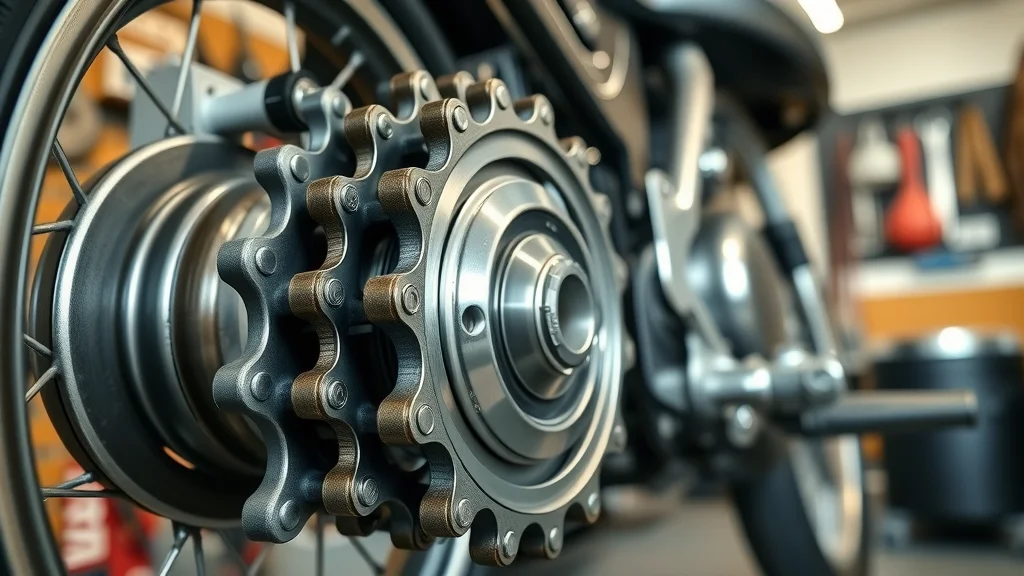
A Surprising Truth About Motorcycle Chain and Sprocket Replacement
Delaying motorcycle chain and sprocket replacement doesn’t just compromise performance—it dramatically increases braking distances and risks chain failure on the road. The main keyword, motorcycle chain and sprocket replacement, is about more than simple motorcycle maintenance; it's a crucial step to ensure both rider safety and mechanical longevity. Many riders assume they can squeeze out a few more miles, but worn chains and sprockets can cause catastrophic failure, especially under aggressive riding, heavy loads, or frequent travel on dirt roads.
There’s a reason why professionals stress routine chain replacement: worn parts can wear out faster, grind away at side plates, ravage your front and rear sprocket, and send repair costs skyrocketing in the long run. The takeaway? Address motorcycle chain replacement promptly for a safer, smoother ride and significant savings over time. Let's break down the science and strategy behind effective motorcycle chain and sprocket care.
While understanding the mechanics of chain and sprocket wear is essential, it's equally important to recognize how regular maintenance routines can prevent premature failure. For a deeper dive into seasonal strategies that keep your bike in peak condition, check out these essential seasonal bike care secrets every rider should know.
Understanding Motorcycle Chain and Sprocket Replacement
What is a Motorcycle Chain and Why is it Critical?
A motorcycle chain is the vital link that transfers power from your engine to the rear tire, propelling your bike forward. Without regular motorcycle chain replacement, power loss, increased friction, and decreased fuel economy occur, wearing out other components faster. Chains operate under high stress; the master link and rivet links face cyclical forces, while side plates endure constant tension. Even the best quality chain will degrade over time, especially if exposed to dirt roads, rain, or neglect. Neglecting timely replacement leaves your bike susceptible to a snapped chain, leading to expensive and dangerous outcomes—possibly even locking up the rear tire during a ride.
Maintaining your chain in top condition not only offers peak performance but also extends the lifespan of your transmission and sprocket set. This attention to detail is why most mechanics prioritize motorcycle chain and sprocket replacement for optimal motorcycle maintenance, especially for touring and high-horsepower bikes.
The Role of Sprockets in Motorcycle Performance
Sprockets are the teeth-laden wheels that mesh with your motorcycle chain, directly impacting acceleration, speed, and power delivery. The rear sprocket influences torque, while the front sprocket governs rotation speed. When either wears (often showing “hooked” or chipped teeth), your chain's movement becomes erratic—leading to noisy rides, increased vibration, and the risk of skipping gears. Poor sprocket condition accelerates chain wear, meaning that chain and sprockets must generally be replaced together to prevent premature failure of both components.
Many riders overlook how much sprockets affect the bike’s feel. The wrong gear ratio can mean sluggish acceleration or reduced top speed. Since chain replacement is most effective when paired with new sprockets, investing in high-quality premium sprocket sets is key to maximizing your bike's performance and safety.
"A high-quality chain and sprocket set is the foundation for a smooth ride and safety on the road."
Signs You Need Motorcycle Chain and Sprocket Replacement
- Chain slack or tight spots
- Sprocket hook wear
- Rust, corrosion, or stiff links
- Unusual noise or vibration
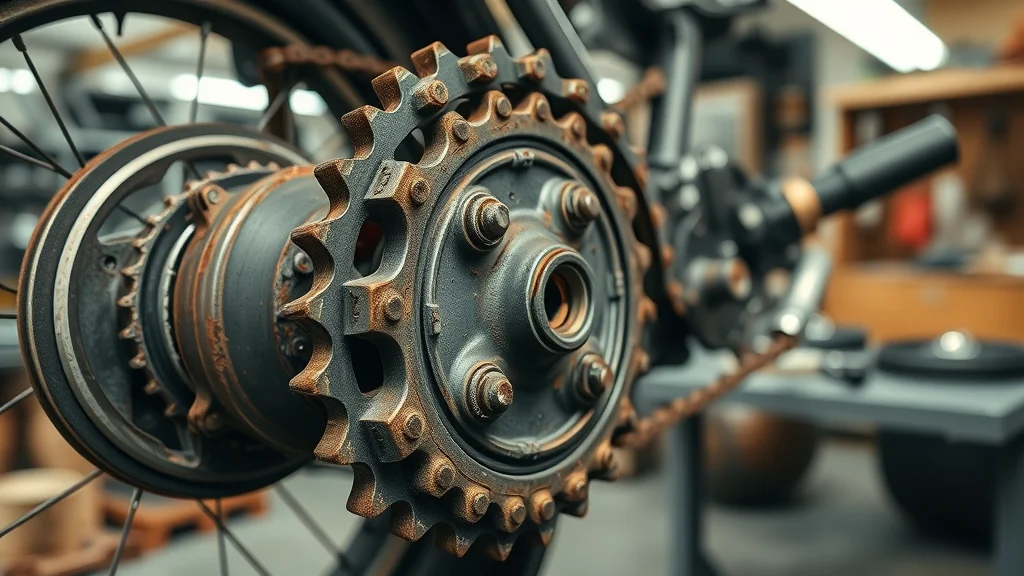
Dangers of Neglected Chain Replacement
Delaying motorcycle chain replacement can have severe consequences. Chains with significant wear, slack spots, or corrosion can snap unexpectedly, resulting in sudden loss of power, damage to the engine or swinging arm, or even an accident if the chain jams the rear sprocket or tire. Ignoring tight spots or kinked side plates can also lead to uneven chain tension, increasing wear on rear sprocket and even affecting suspension and ride handling. Professional mechanics constantly warn against stretching intervals between chain replacements, especially for riders who frequent urban traffic or harsh environments.
Skipping replacement also means sacrificing your safety and risking extensive labor costs down the line. Replacing the chain and sprockets on time—preferably with a quality chain set—protects against mechanical breakdown and hidden dangers. Riders who ride on dirt roads or in wet climates need to be especially vigilant, as environmental factors accelerate chain wear.
Impact of Quality Chain Choices
Choosing a quality chain isn’t just about initial performance—it’s an investment in the long run. Standard chains wear out faster, especially if paired with worn or mismatched sprockets. By investing upfront in a branded, hardened-steel set, you dramatically lengthen intervals between replacements, reducing overall cost of motorcycle maintenance and labor cost. Some chains feature specialized side plates or PGN bearings, extending durability under high stress or off-road conditions.
A budget chain may save money on purchase, but those savings are quickly lost due to frequent replacements, risk of unexpected breakage, and the associated costs of towing or emergency repairs. Whether you choose master link, rivet links, or advanced X-ring/O-ring chains, always prioritize fit, compatibility with your sprockets, and recommendations from your bike manufacturer.
Motorcycle Chain Replacement vs Full Chain and Sprocket Replacement
| Aspect | Chain Only Replacement | Chain and Sprockets Replacement |
|---|---|---|
| Upfront Cost | Lower | Higher |
| Labor Required | Less time, lower labor cost | Requires extra labor, more expensive |
| Longevity | Chain wears out faster if paired with old sprockets | Maximized component lifespan |
| Safety & Reliability | Higher risk of failure / skipping | Lowest risk, optimal performance |
| Total Cost in the Long Run | Can be higher due to frequent need for repeat replacements | Economical for long run, reduces overall cost of motorcycle ownership |
When Should You Replace Motorcycle Chain and Sprockets Together?
Always replace your motorcycle chain and sprockets together when either shows significant wear. Even if only the chain appears worn, the teeth of a used sprocket may have been reshaped by the old chain, causing a new chain to wear out much faster. Likewise, a worn sprocket will fail to engage a fresh chain evenly, creating dangerous stress points. Front and rear sprockets should match the chain’s pitch and width for ideal alignment.
Ignoring this advice leads to “false economy”—replacing only the chain or sprockets may seem like a way to save money, but you’ll likely be repeating the whole process soon, doubling your parts and labor cost. Riders are encouraged to inspect side plates, master link, and all sprockets during any chain replacement to prevent surprises down the road.
"Replacing only the chain or only the sprockets can significantly shorten the life of both components."
Step-by-Step Guide: Motorcycle Chain and Sprocket Replacement
- Tools needed for motorcycle chain replacement
- Removing the old motorcycle chain and sprockets
- Installing a new quality chain and sprockets
- Adjusting chain tension and alignment
- Safety checks before riding
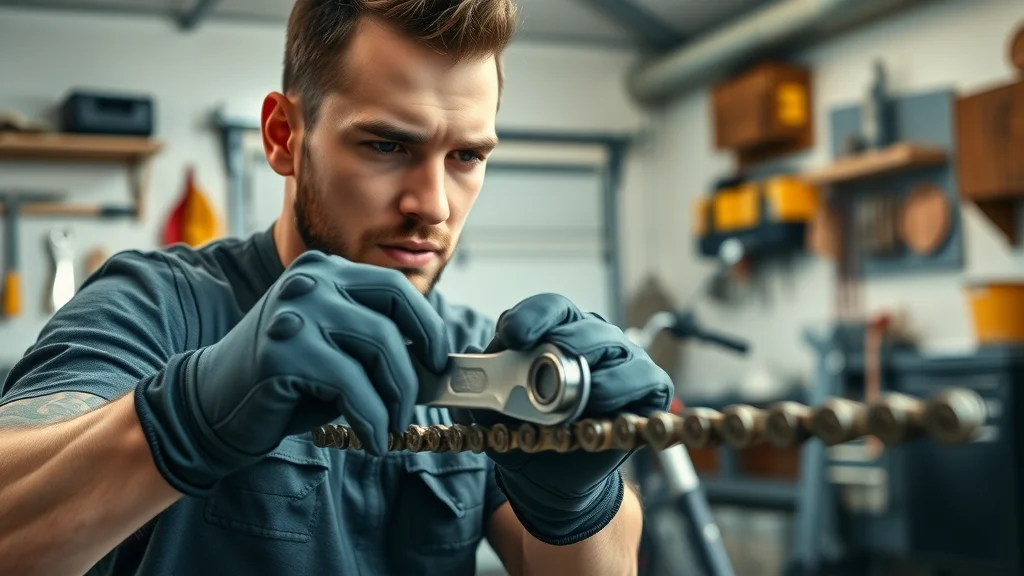
Watch an expert in action: This instructional video provides a detailed, step-by-step look at removing your old chain and sprockets, fitting a new quality chain kit, and checking alignment and tension. Learn essential safety checks before your test ride and avoid common mistakes that can reduce the long-term durability of your drive system. Search online for “motorcycle chain and sprocket replacement video” for a practical tutorial.
How Often Should You Change the Chain and Sprocket on Your Motorcycle?
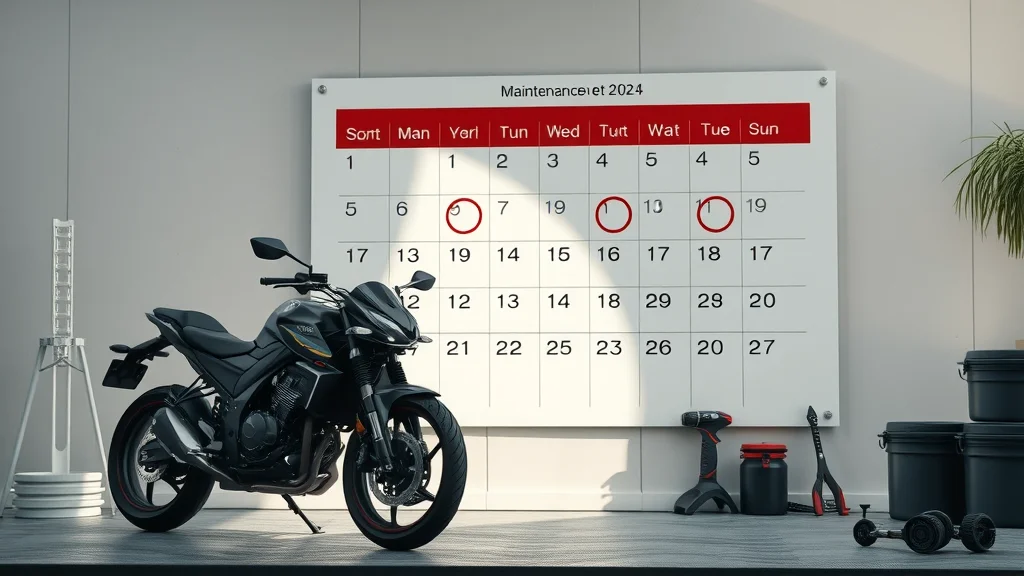
The recommended interval for motorcycle chain and sprocket replacement is typically every 15,000 to 20,000 miles, but this varies based on riding style, motorcycle model, terrain, and maintenance habits. Aggressive riders, regular off-roaders, or those using economy chains may need replacements more frequently—sometimes every 8,000 to 12,000 miles. Regular inspections—checking for slack, side plate damage, or front sprocket and rear sprocket hook wear—are key to catching problems before they affect safety.
Proactive tracking makes all the difference. Setting reminders after each service and logging mileage can help you stay ahead of unexpected failures. It’s always better to replace your chain and sprockets a little early than to risk the substantial cost of emergency roadside service or component failure.
Typical Lifespan of a Motorcycle Chain and Sprocket
For most riders, a motorcycle chain and sprocket set will last around 15,000 to 20,000 miles, aligning with general manufacturer recommendations. Heavy bikes, two-up touring, or prolonged exposure to rain and dirt roads can reduce this dramatically—sometimes halving the expected lifespan. Premium chains with hardened steel side plates, sealed links, or advanced lubricants backed by manufacturers like PGN bearings will typically outlast economy models, often performing reliably past the 20,000-mile mark if maintained properly.
Visual indicators like side plate stretching, visible kinks, or pointed sprocket teeth signal that it’s time for chain replacement. Ignoring these signs might cost you more in the long run due to labor rates, extra wear on your rear tire, and even increased fuel consumption.
Factors Influencing Motorcycle Chain Replacement Frequency
Several key factors determine how often you’ll need motorcycle chain replacement: riding conditions, regularity of lubrication, use of a chain breaker, and the type of chain (O-ring, X-ring, standard). Dirt roads, wet weather, and stop-and-go traffic all accelerate wear. Economy chains (often found during Black Friday sales) may offer good up-front savings but tend to wear out faster, especially if paired with old sprockets.
Maintenance habits matter! Consistently checking tension, cleaning grime from the master link and side plates, and using quality lubricants will extend both chain and sprocket life, helping you save money and reduce replacement frequency. Manufacturer member perks or perks with rpm programs can also assist in keeping costs manageable through discounts or bundled maintenance packages.
Cost Breakdown: Motorcycle Chain and Sprocket Replacement
How Much Does Motorcycle Chain Replacement Cost?
The cost of motorcycle chain replacement varies widely. Expect to pay between $120 and $350 for a professional job, depending on your bike, chain type, and labor rates in your area. Labor costs absorb much of this range, though DIYers can save money by purchasing a quality chain and chain breaker tool—totaling as little as $70-$160 for standard chains or $200+ for advanced sealed chains.
Think beyond just the chain itself; the cost of motorcycle chain and sprockets together can range from $180 up to $500 for premium brands. Choosing the right components based on your needs, backed by manufacturer warranties, is crucial for reliability, especially in the long run. For frequent commuters or riders tackling challenging terrain, investing in quality now reduces future repair bills.
Premium vs Economy Chains and Sprockets
There’s a substantial difference between premium and economy chain and sprockets. Premium parts, often featuring advanced steel alloys, hardened rivet links, high-tensile master links, and specialty finishes (such as PGN bearings), may cost more up front but last far longer and improve overall bike performance. Economy chains and generic sprocket sets are more affordable but can wear out faster, requiring extra frequent replacements—a false economy in the long run.
If you’re concerned about the cost of motorcycle maintenance, always compare the total expected lifespan against the initial price. Riders focused on performance or with powerful bikes benefit most from top-tier sets, while casual riders on smaller bikes might opt for standard chains and budget-friendly sprockets. Either way, never ignore labor cost and installation quality—poor fitment leads to rapid failure.
"Investing in a quality chain and sprocket might save you hundreds in future repairs."

Should You Replace Sprockets with a Motorcycle Chain?
- Effects of paired component wear
- Manufacturer recommendations for motorcycle chain replacement
- Real-world outcomes from partial replacements
Whenever replacing your motorcycle chain, it’s always wise to change both front and rear sprockets at the same time. Manufacturers and mechanics agree—partial replacements lead to rapid new chain wear, unpredictable performance, and repeat labor. The wear patterns on old sprockets mismatch the fresh chain’s geometry, resulting in uneven wear and stress that wears out faster. In extreme scenarios, mismatched components can cause skipping, popping, or even chain derailment. For the best outcome and to maximize the longevity of your investment, follow the rule: “Always replace as a set.”
Many riders have learned the hard way that replacing only the chain or only one sprocket doesn’t save money—it increases downtime, maintenance cost, and frustration in the long run. Listen to the pros, and keep your motorcycle maintenance effective and hassle-free.
Expert videos demonstrate how old sprockets can sabotage a new chain, cutting lifespan in half and risking unreliable power transfer. Watch real-time test results for chain and sprocket sets and see why full replacement is always the smart option. Search for “why replace motorcycle chain and sprockets together” to see hands-on evidence supporting this advice.
Does a Smaller Sprocket Increase Top Speed?
- Gear ratio basics
- Performance impact from sprocket changes
- Top speed vs. acceleration trade-offs
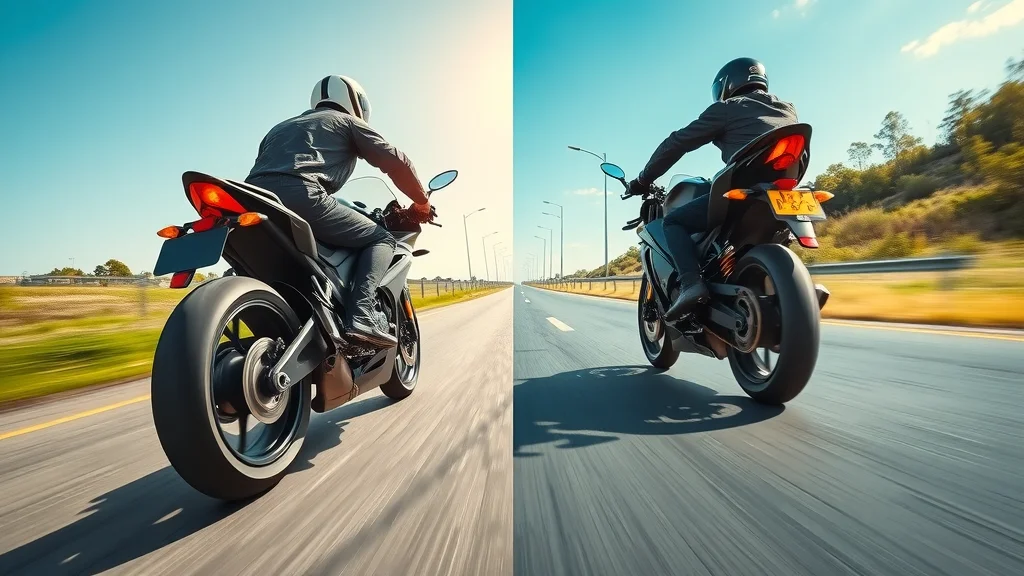
A common question among enthusiasts: can swapping to a smaller rear sprocket boost your top speed? The answer lies in gear ratios—a smaller rear sprocket (more teeth on the front sprocket, or fewer on the rear) reduces engine RPMs at cruising speeds, increasing maximum potential velocity. However, this mod decreases available torque, making acceleration noticeably slower. For city or track riders intent on hard launches and nimble movement, standard or larger rear sprockets are usually preferred. For highway touring or top-speed pursuits, a slightly smaller rear sprocket helps—but always stay within manufacturer limits to avoid harming power delivery or motorcycle chain lifetime.
Performance changes also depend on chain and sprocket wear, your engine’s torque, and rear tire size. Always consult the owner’s manual or speak with a motorcycle maintenance expert before making significant gearing changes. Balance acceleration with your top speed requirements for the safest and most rewarding ride.
Motorcycle Chain and Sprocket Replacement: People Also Ask
How often should I change the chain and sprocket on my motorcycle?
Most experts recommend replacing your motorcycle chain and sprocket every 15,000 to 20,000 miles, but aggressive riding and poor maintenance can shorten this interval. If you routinely ride dirt roads, carry heavy loads, or rarely lubricate your chain, check your components every 8,000 miles. Watch for clearance at the master link, signs of corrosion, or kinks in side plates as telltale signs of pending replacement.
How much does it cost to have your chain replaced on a motorcycle?
Professional motorcycle chain replacement can range from $120 to $350, depending on bike model and chain type; doing it yourself with a high-quality chain kit can be more economical. Keep in mind that labor rates and the cost of motorcycle chain and sprocket kits vary, often reflecting quality and durability. DIY replacement usually requires a chain breaker, torque wrench, and some experience, but saves you on labor cost.
Should you replace sprockets with a motorcycle chain?
It's highly recommended to replace both your chain and sprockets together because worn sprockets will quickly wear out a new chain and vice versa, reducing durability and performance. Manufacturers emphasize this pairing approach for reliability, cost efficiency, and long run protection of your drivetrain.
Does a smaller sprocket increase top speed?
A smaller rear sprocket can increase top speed but reduces acceleration; always consider trade-offs and consult manufacturer specs before changing sprocket sizes. For the majority of riders, factory gear ratios provide the best balance of performance, safety, and motorcycle chain life.
FAQs: Motorcycle Chain and Sprocket Replacement
-
What are PGN bearings in motorcycle chains?
PGN bearings are specialized, high-quality bearings designed to reduce friction in chain links, enhancing chain smoothness, efficiency, and overall durability. Upgrading to chains with PGN bearings can improve performance and help the chain last longer under tough conditions. -
Can I upgrade to a quality chain with any sprocket set?
While most high-quality chains are compatible with standard sprocket sizes, always verify your components match in pitch and width. For best results, upgrade both chain and sprockets together. -
How do I recognize a worn sprocket visually?
Look for hooked, pointed, or chipped teeth—these indicate excessive wear. A good rear sprocket will have symmetrical, “flat” teeth. Excessive side play or visible grooves are also red flags to replace both sprockets and chain as a set.
Key Takeaways: Motorcycle Chain and Sprocket Replacement
- Timely motorcycle chain and sprocket replacement is vital for safety
- Replace both components together to maximize efficiency and lifespan
- High-quality chain and sprockets offer better performance and lower long-term costs
Act Now: Protect Your Ride with Professional Motorcycle Chain and Sprocket Replacement
"Don’t wait until your chain fails on the road—ensure your motorcycle’s performance and your safety today."
- Call Nasty Performance Motorcycle Shop Today: 847-458-4858
Conclusion: Don’t leave your ride to chance—timely motorcycle chain and sprocket replacement keeps you safer, extends your bike’s life, and saves money in the long run.
If you’re committed to keeping your motorcycle in top shape, don’t stop at just the chain and sprockets. Comprehensive care throughout the year is the real secret to a reliable, high-performing ride. Discover how to adapt your maintenance routine for every season, protect your investment from weather extremes, and unlock expert tips that go beyond the basics by exploring seasonal bike care strategies every rider must know. Elevate your maintenance game and ensure your bike is always ready for the road—no matter what the calendar says.
 Add Row
Add Row  Add
Add 
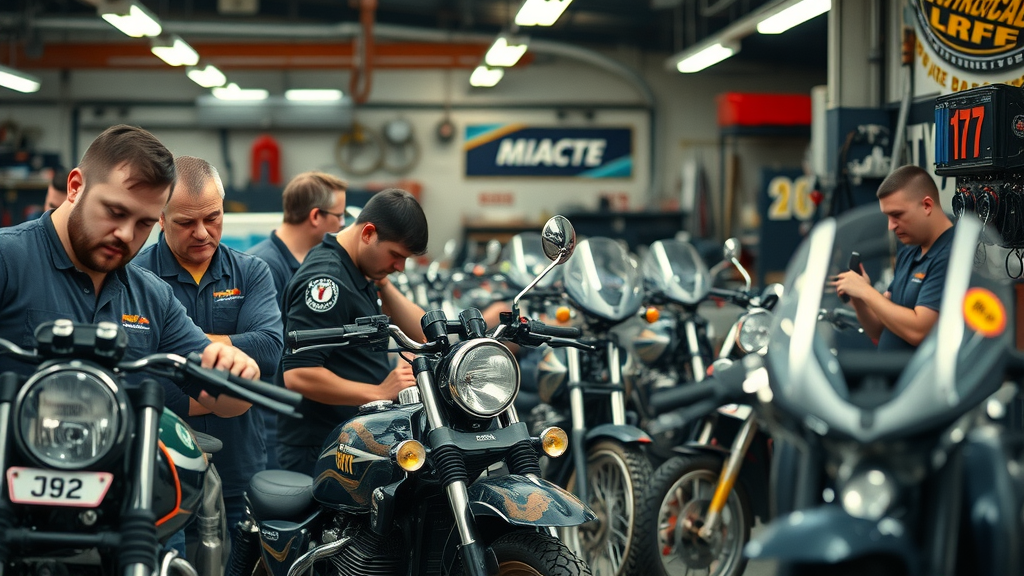
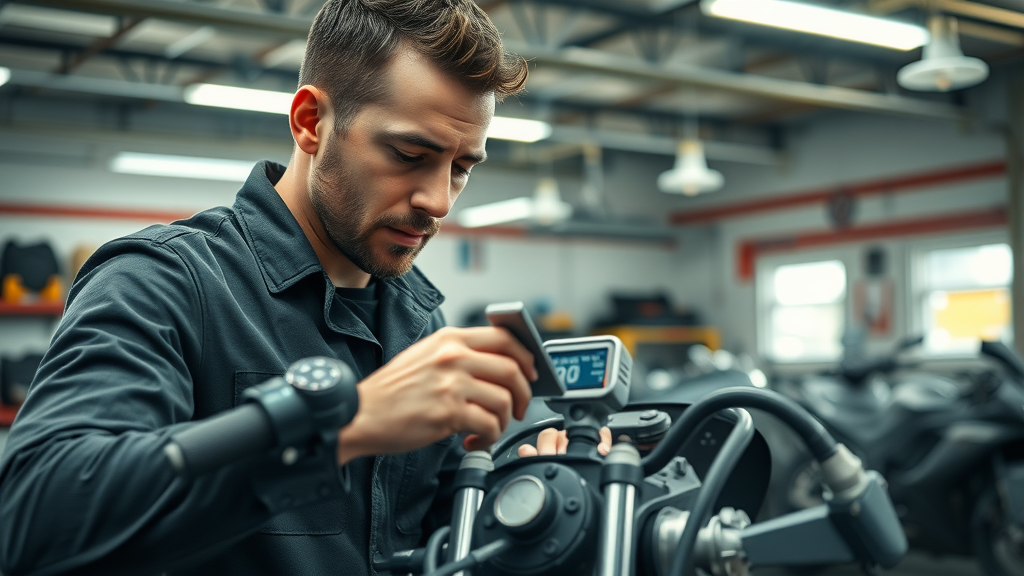
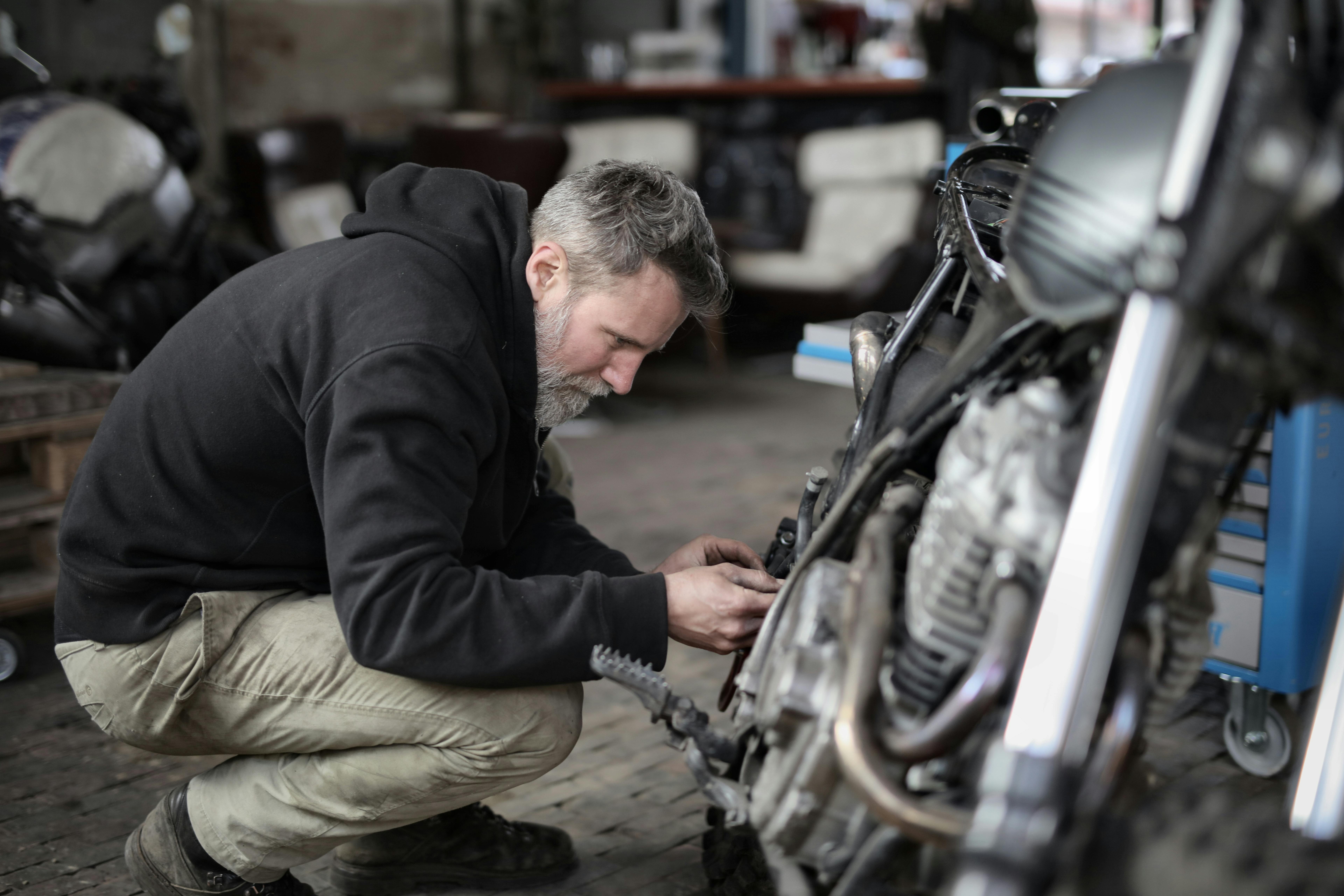
Write A Comment